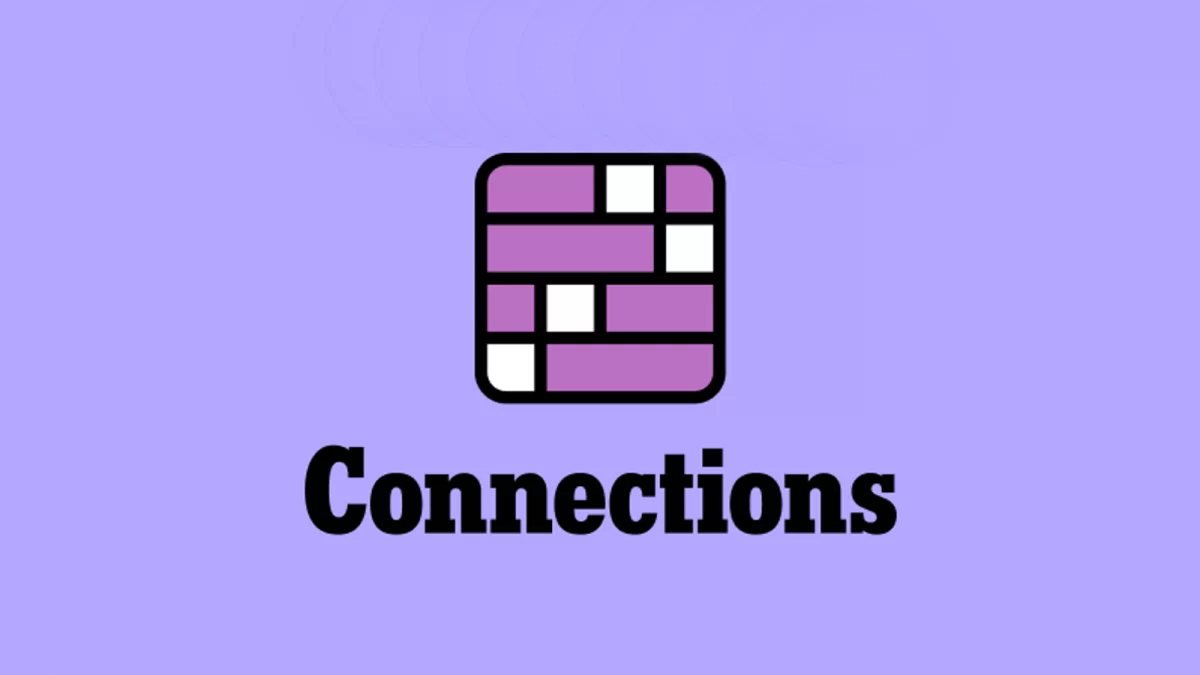As the clock strikes 12:00, most people look forward to resting after a tiresome day. A select group of gamers longs for something a bit more niche: a 4 by 4 grid of wordy tiles, which appears at the stroke of midnight. The twenty-first century’s generations, consumed by the blue light a phone emits, are addicted to the constant tapping on glass screens. Yet, as they age, this population of “screenagers” matures as its focus from childish games switches to complex, mind-boggling word puzzles. Modern cruciverbalists—those who enjoy playing word games—have used The New York Times as their outlet, for that paper has provided a variety of fun and educational logical word games. Puzzles such as the Spelling Bee and the Daily Mini have gained significant popularity among young users, specifically those of Tenafly High School. The game that dominated the internet last year, Wordle, has gradually lost its appeal for some. Now, The Times has made a triumphant return with an even more engaging and entertaining offering—the game Connections.
Connections is a word game that challenges players to find common trends between words. The goal of the game is to sort 16 words into four groups of four words, each group of which has a common theme. Players have four guesses to solve the puzzle, and after each guess, the game will indicate whether the guess is correct or incorrect. To thrive in this game, players should seek words with multiple interpretations, consider the context of each word, and be willing to take calculated risks—sometimes, the daring choice is the right one.

Connections is a great game for people of all ages and skill levels, as it is universally understandable. The game can also be a great way to bond with friends and family because its addictive nature can easily captivate participants. It diverts people’s attention from brain-numbing games such as Candy Crush or Subway Surfers and concentrates the audience on a new source of enrichment. Additionally, the one game per day allows the craving of the game to be limited. The restriction allows the player to keep coming back, feeding into the addiction. If Connections could be played infinitely, it can be assumed that many people would lose interest and hype around the game would die off. As with Wordle, the simplicity of the game and its daily play entices players to always return.
This new pastime has become increasingly popular around the country. Tenafly especially has fallen victim to the word craze. Connections and the various New York Times games are displayed in the screens near the printing center in the THS library, encouraging their best efforts to beat the game.
“I like Connections, but it can also get a little annoying because some of the connections themselves are really hard to decipher, since they are so similar in words,” Sophia Endick (’26) said.
Indeed, the word associations often prove to be a struggle for students. Guy Perzitz (’25) noted that the game was relatively easy in the summertime, but as time has progressed, the words have become more complicated and obscure, making the objective of the game more difficult to achieve.
Among students and adults alike, Connections provides an enjoyable escape from the monotony of life, offering an easy way to challenge and train your mind. Further, it is also a versatile game, since you “can even use it to increase your social life,” as Sarah Hau (’25) noted.
This game not only keeps the community connected, but it serves as a new source of entertainment that still stands to be productive. Connections has established itself as the staple game for the foreseeable future, yet one can’t help but wonder what innovative game the New York Times will develop to take the next stage.
















































































































































